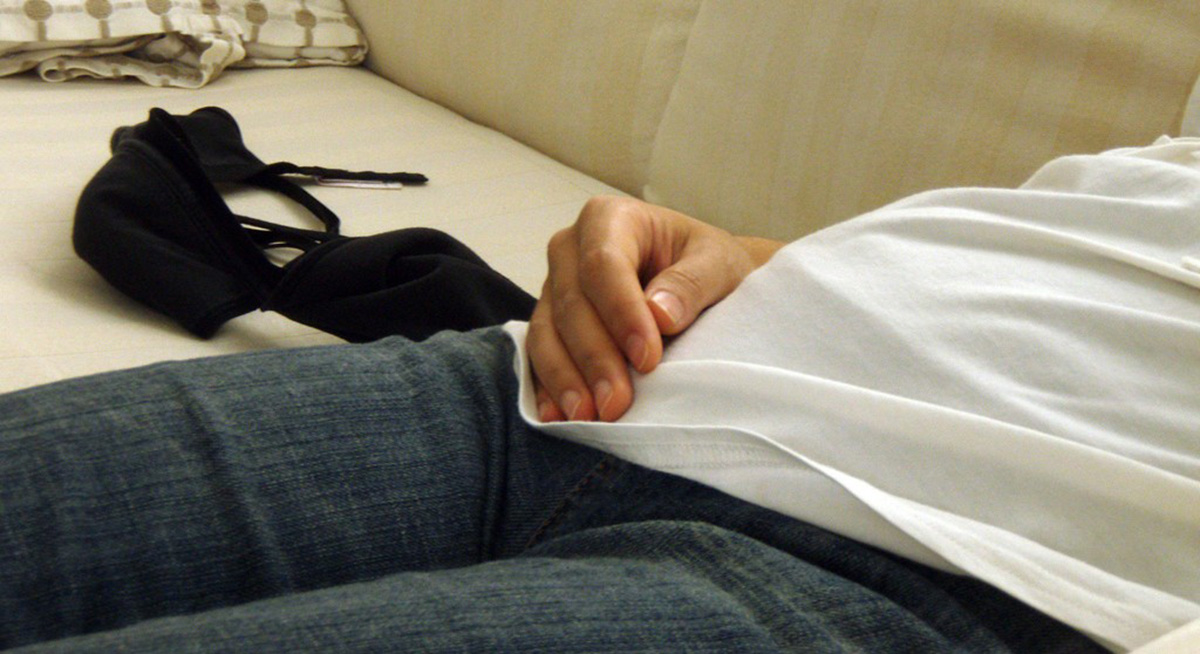Table of Contents
After the core exercise, then one flexes the fingers and releases them, pushes the elbows into the bed and releases them, pushes the back of the head into the bed and release it, grimaces and then relaxes with a smile.

Each isometric position should be held for a few seconds, no more than 10 seconds. How long to put tension on the muscles depends on the "feel" of the exercise. If you can feel tension, you have flexed that muscle long enough. It is never beneficial to feel pain, in this exercise. After tensing and relaxing muscles from toe to head, there should be a feeling of relaxation with slower pulse.
The "catch" with progressive relaxation training is that it usually is something one needs to learn in one-to-one training sessions with a trusted psychologist or trainer.
Listening to relaxing music may be pleasant, but it doesn't usually cut back the number of asthma attacks. Hypnosis usually results in less wheezing and greater compliance with prescribed medication, but usually does not result in lower rates of asthma attacks. Biofeedback devices, such as HeartMath and the LIFE system (used by naturopaths in some states of the United States and some provinces in Canada), do reduce the frequency of asthma attacks but do not usually increase lung capacity.
A method that many people who have asthma say works for them but that has never been especially popular in the medical community is the Buteyko method, invented by Ukrainian psychologist Dr. Konstantin Pavlovich Buteyko. This method of treatment is based on the idea that asthma and many other chronic conditions are caused by "hidden hyperventilation." To correct overbreathing, users of the Buteyko method:
- Breathe through the nose, not through the mouth. Breathing through the nose warms and humidifies air so that the linings of the air passages are more flexible and relaxed. Keeping the nose clear and breathing through the nose is especially helpful for controlling nighttime symptoms.
- Breathe slowly and breathe only a small volume of air. This "retrains" the lungs to avoid spasmodic asthma attacks. The ability to breathe a small amount of air dependably is more important than the ability to breathe deeply and excessively. If the lungs try too hard to fill with air, asthma may result.
- Relax when they feel like they are about to have an asthma attack. Fearing an asthma attack and breathing too hard can trigger the attack. Keeping calm reduces this risk.
See Also: What's New In Asthma Treatment?
Dr. Buteyko used to say that once you learned his method, it was like riding a bicycle, you could just do it anytime. That's true if you spend enough time with the Buteyko method to get results you can feel, but just one or two practice sessions will not be enough. Chances are you will have to practice once a day for about a month before this method of controlling asthma becomes second nature.
For more information about progressive relaxation and the Buteyko method, see the links below.
- Murphy VE, Gibson PG, Talbot PI, Kessell CG, Clifton VL: Asthma self-management skills and the use of asthma education during pregnancy. Eur Respir J 2005. 26:435–441.
- Nickel C, Lahmann C, Muehlbacher M, Pedrosa Gil F, Kaplan P, Buschmann W, Tritt K, Kettler C, Bachler E, Egger C, Anvar J, Fartacek R, Loew T, Rother W, Nickel M: Pregnant women with bronchial asthma benefit from progressive muscle relaxation: a randomized, prospective, controlled trial. Psychother Psychosom 2006. 75:237–243.
- Zairina E, Stewart K, Abramson MJ, George J. The effectiveness of non-pharmacological healthcare interventions for asthma management during pregnancy: a systematic review. BMC Pulm Med. 2014 Mar 19. 14:46. doi: 10.1186/1471-2466-14-46. PMID: 24642132.
- Photo courtesy of Jenn Durfey by Flickr : www.flickr.com/photos/dottiemae/5347629183
- Photo courtesy of Daniel Lobo by Flickr : www.flickr.com/photos/daquellamanera/1762868342


Your thoughts on this